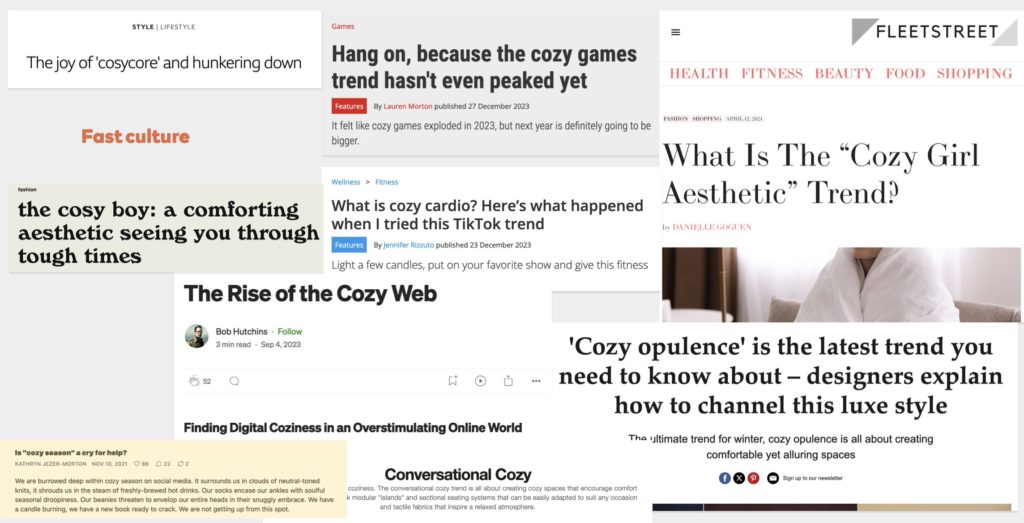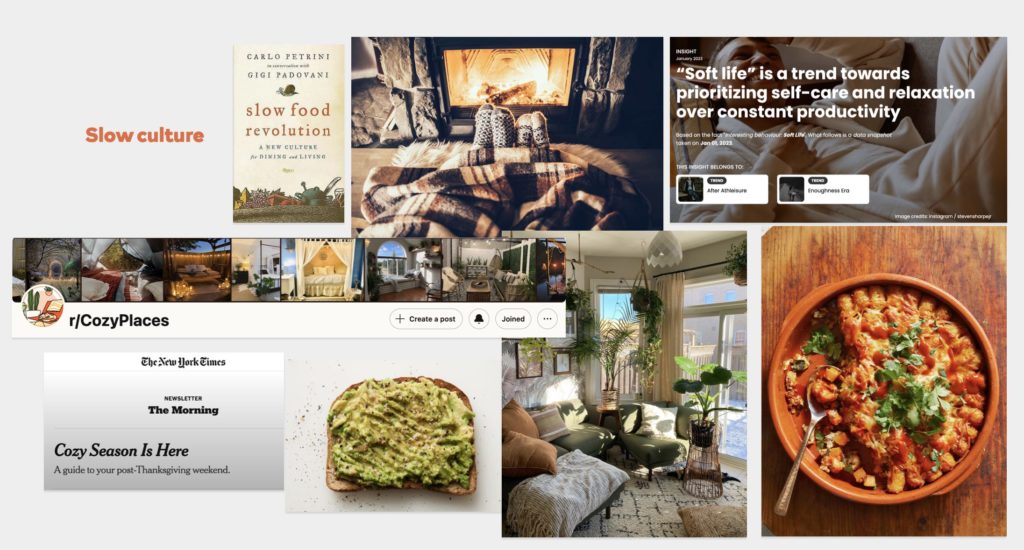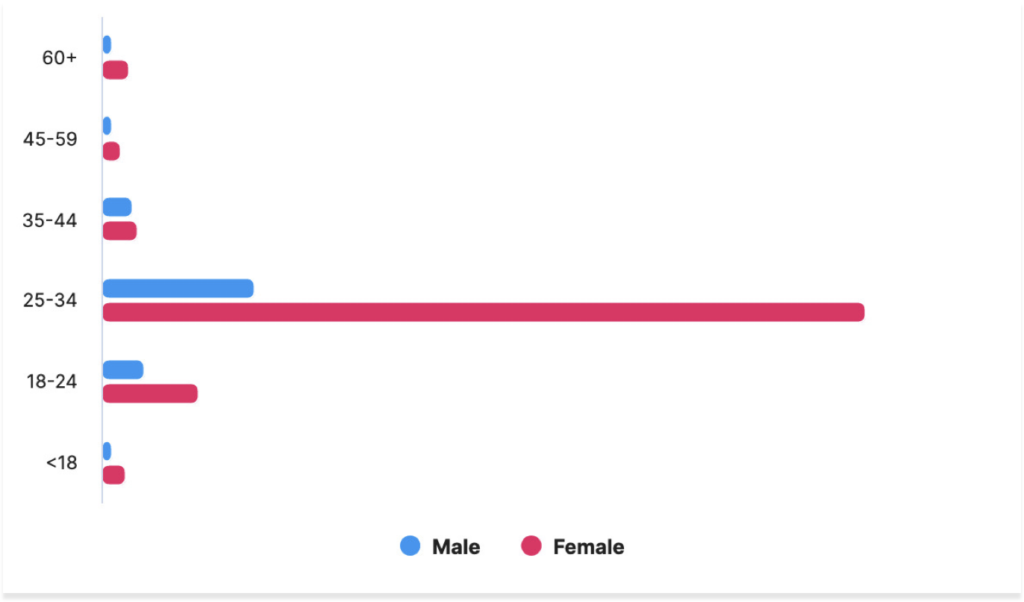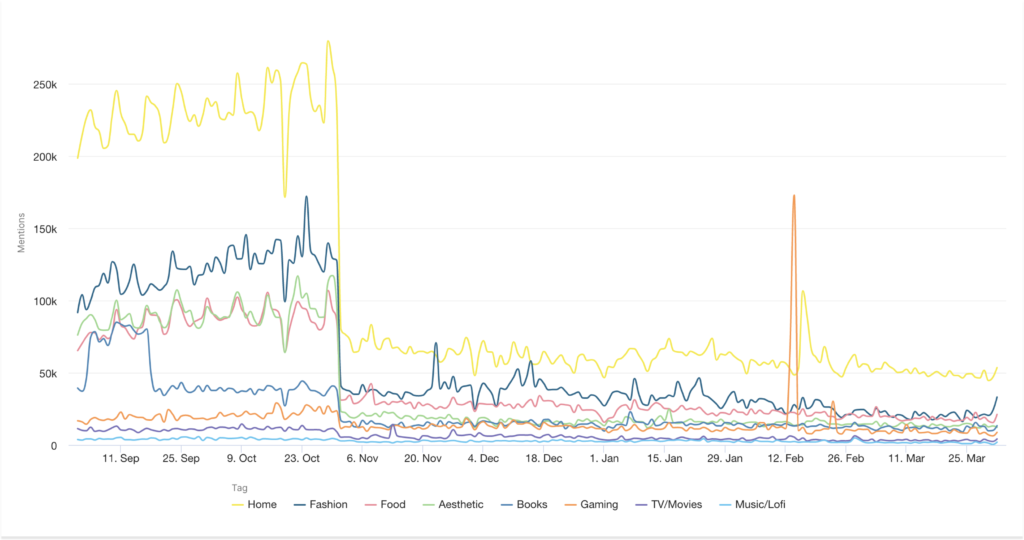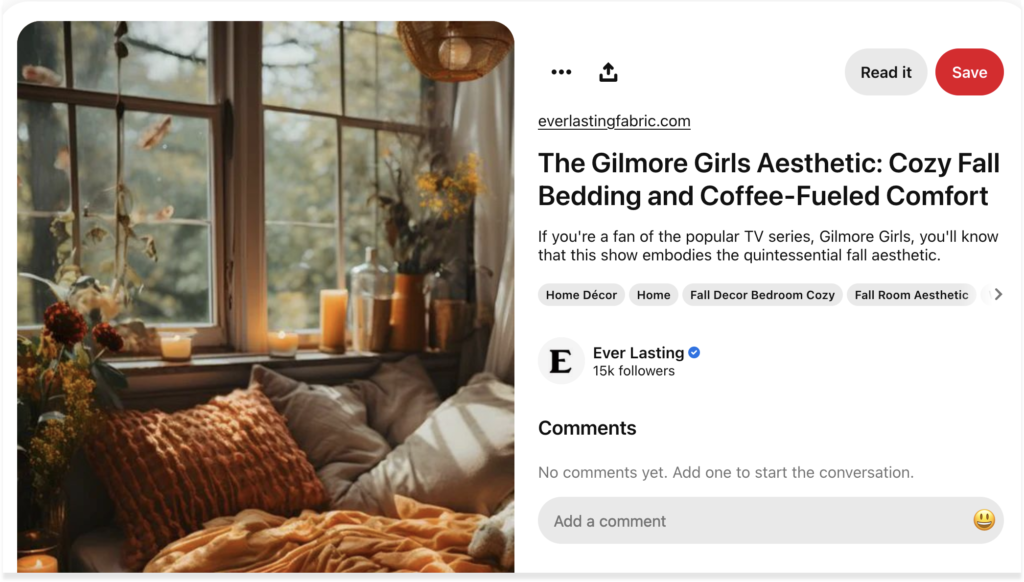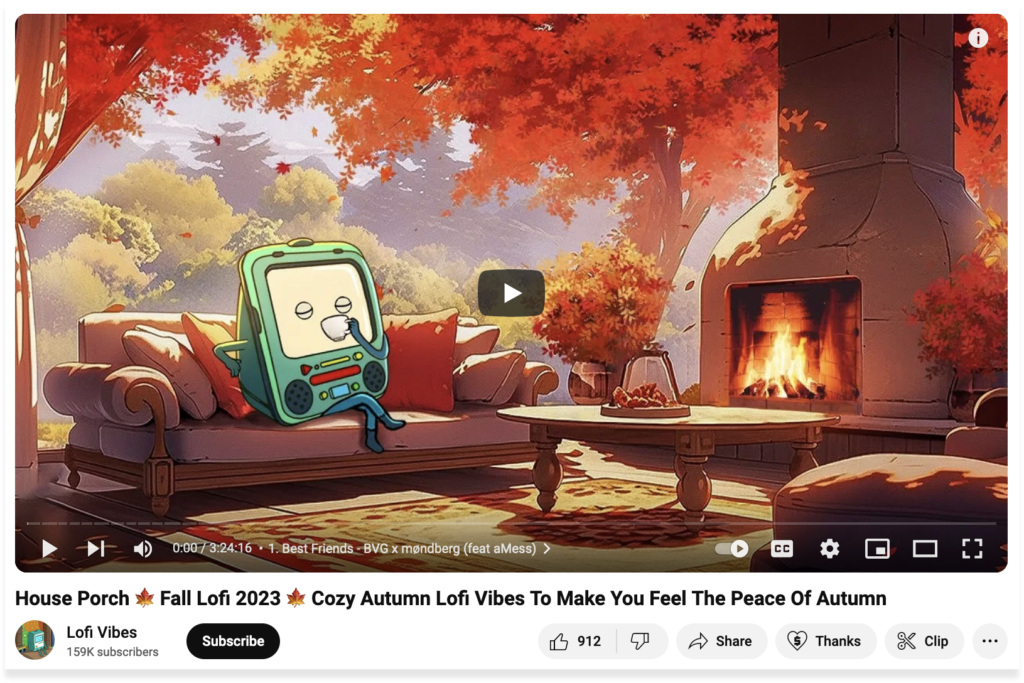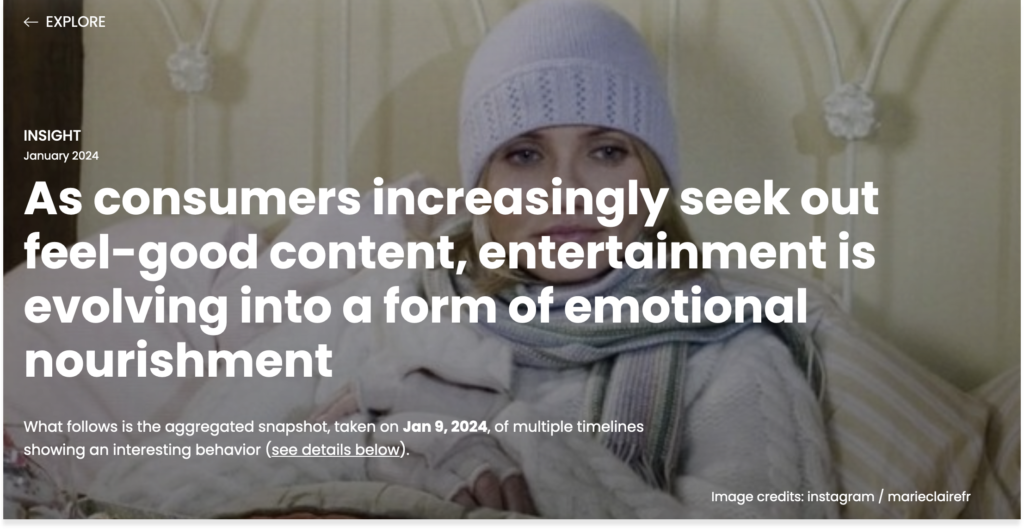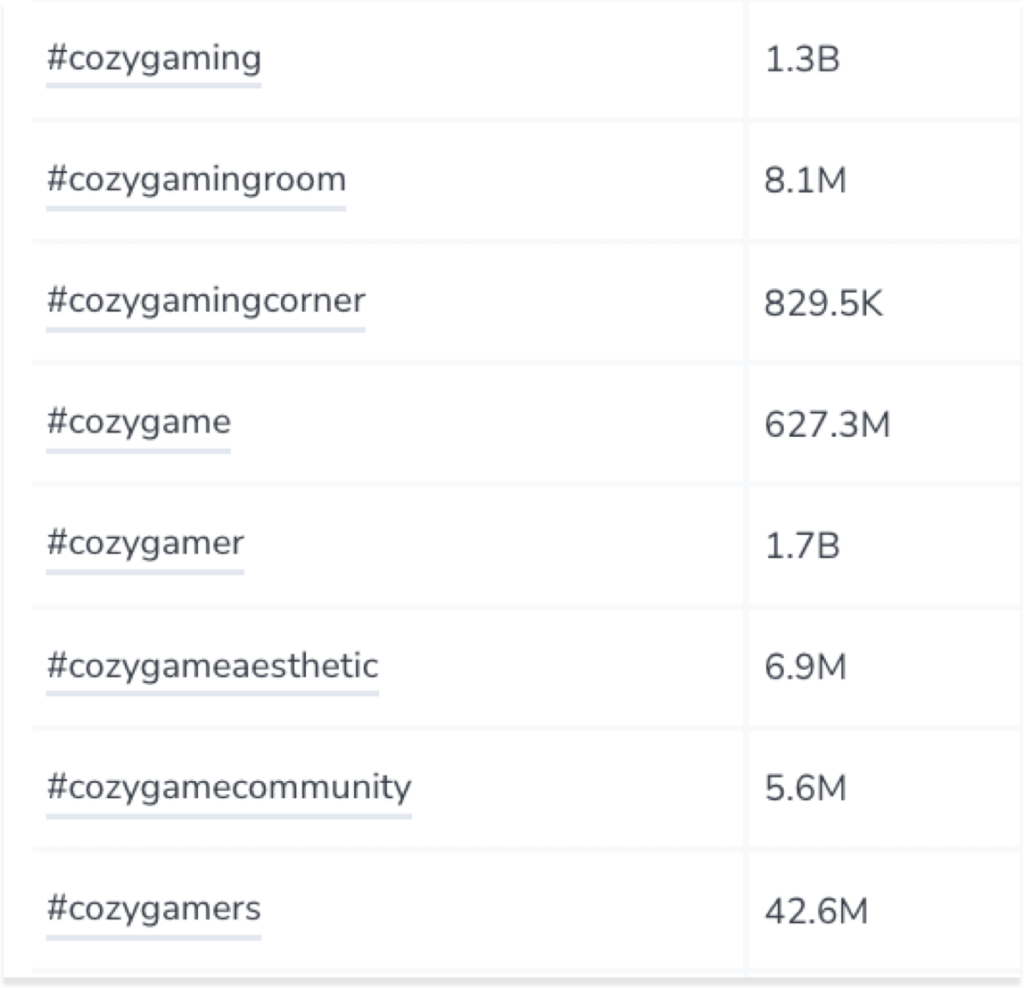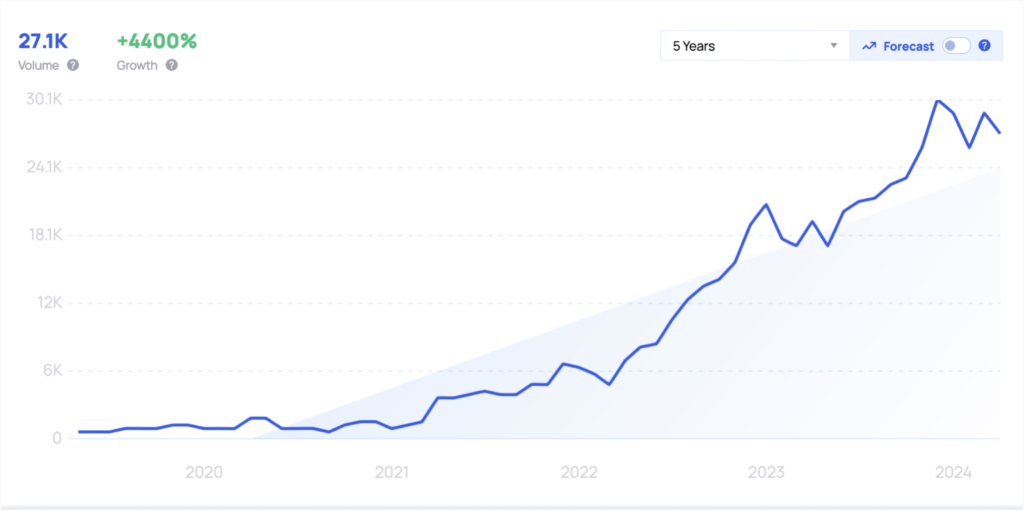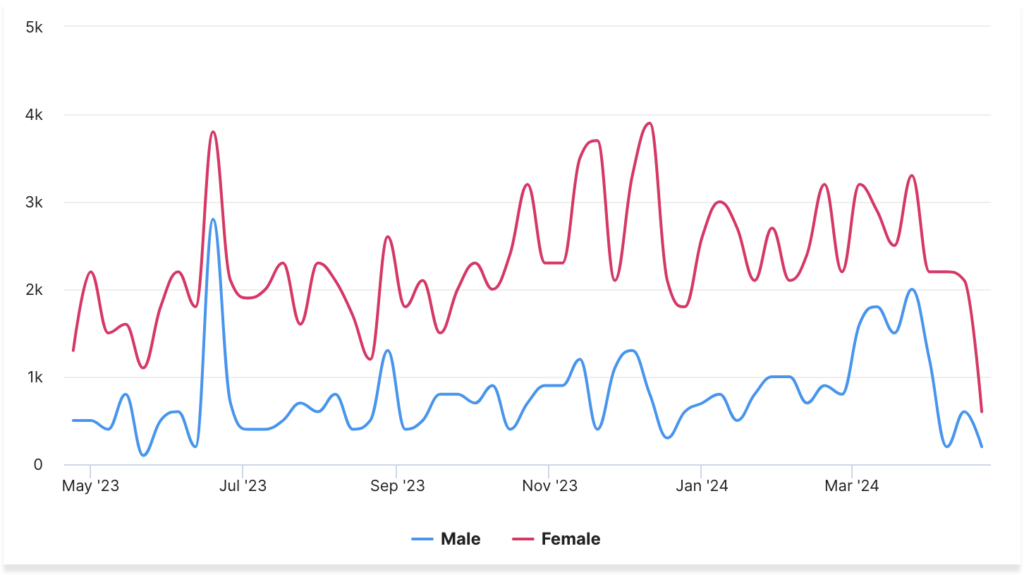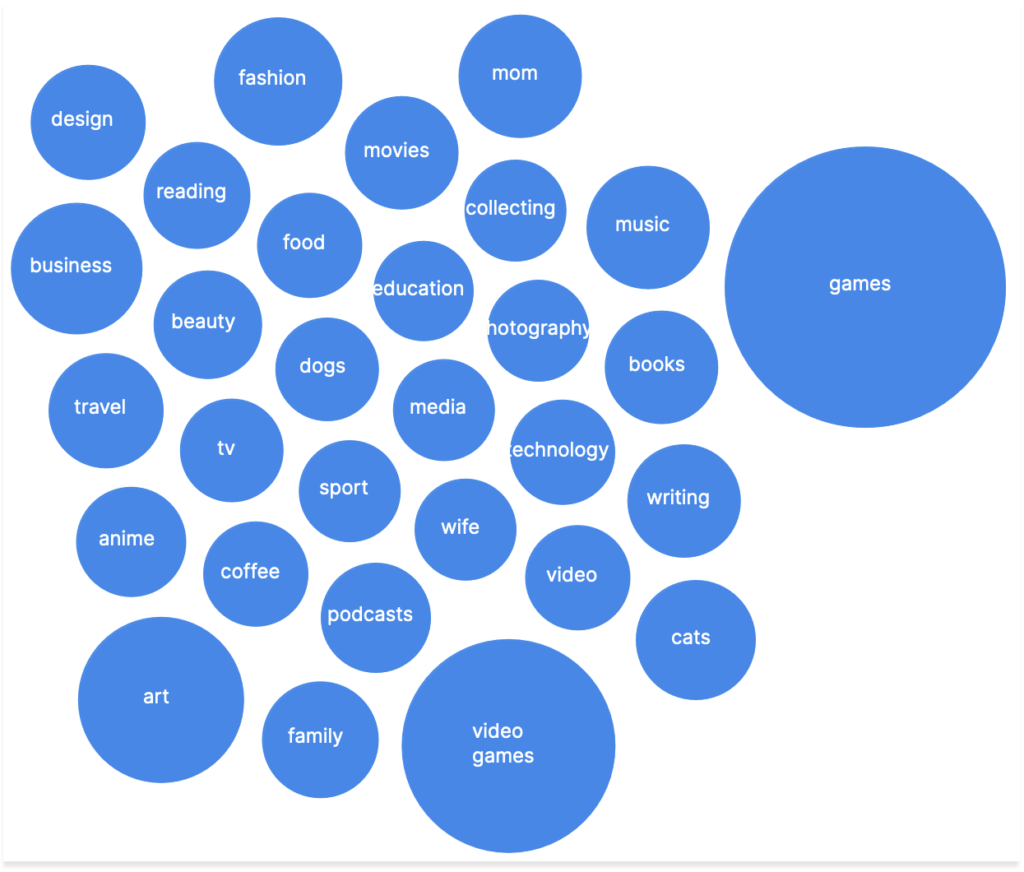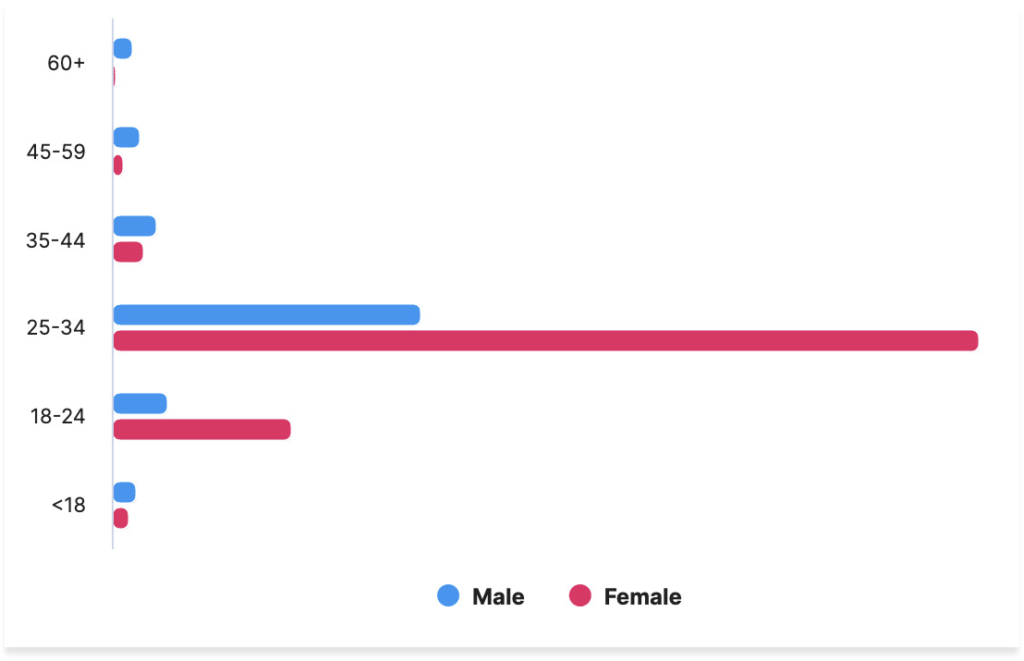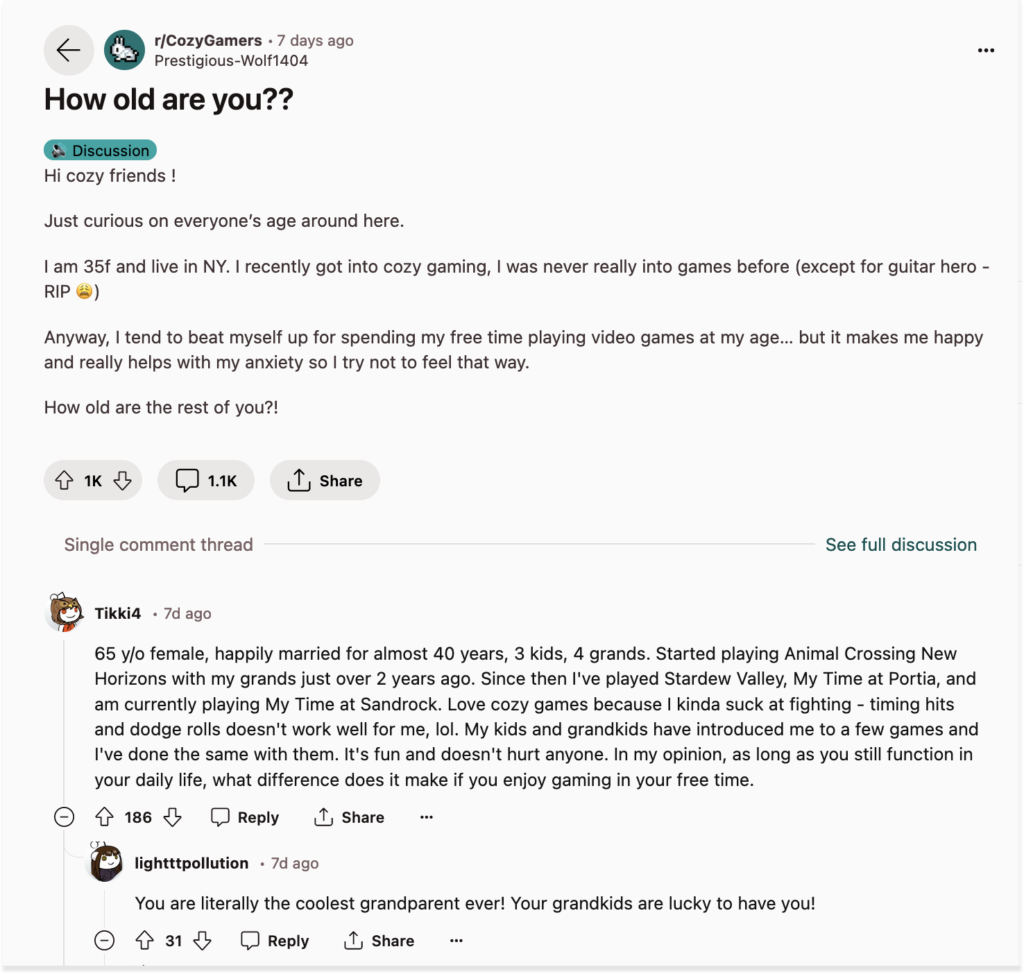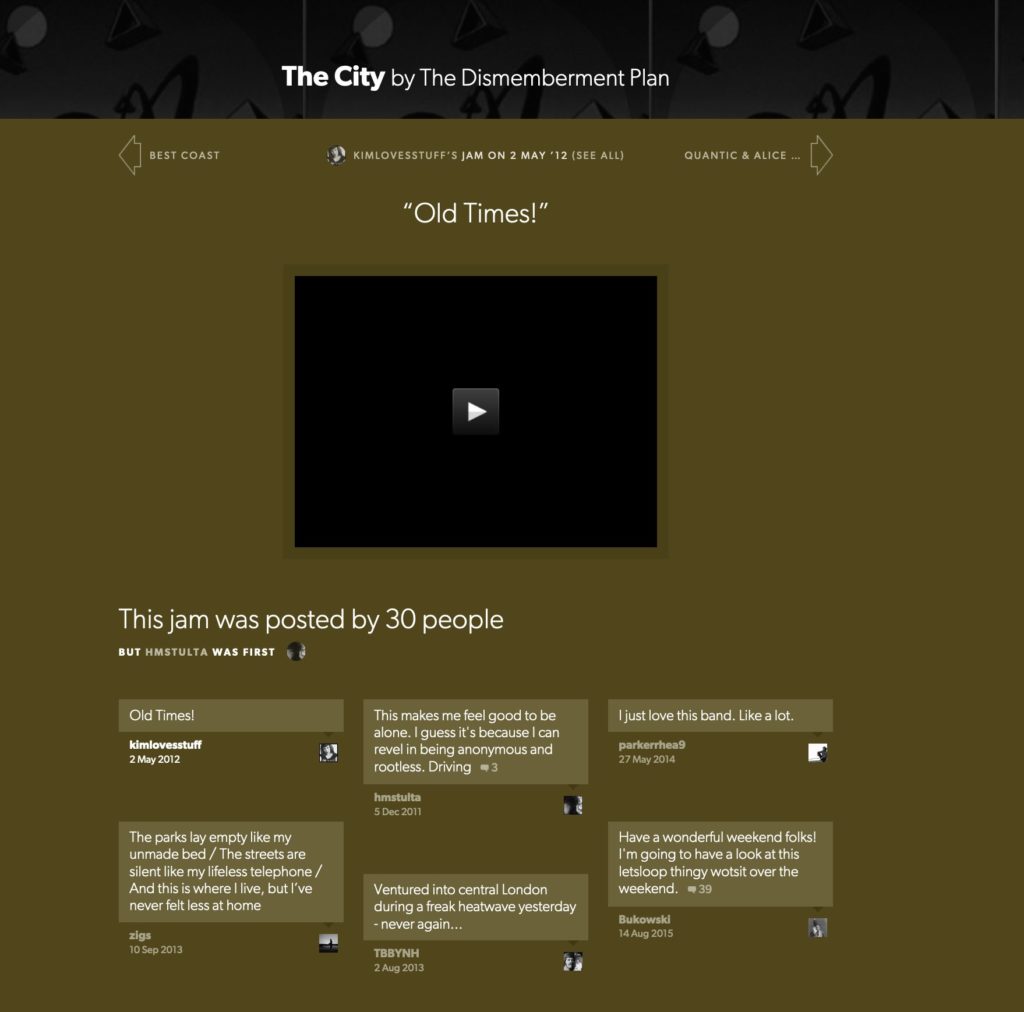This post first appeared on the YouScan blog.
Social listening is evolving rapidly. Alongside higher client demand, we’re also seeing the integration of AI and a myriad of other tech advancements. But what does all of this mean for the evolution of social listening in 2025?
I’m being careful not to call them predictions, but I’ve identified six areas that I think are ripe for expansion over the next twelve months.
Increased interest in cultural listening
Brands need to understand culture to stay relevant, and culture is moving faster than ever before, powered almost entirely by social media. We started seeing more interest in this area over the last twelve months. I expect to see continued growth in using social listening to identify broader cultural trends rather than just micro-moments and trending topics. In my opinion, this is where the most valuable insights are found and the true power of social listening lies.
Social listening for video
Social listening, as we know it, was initially designed for Twitter and text-based social media posts. As we continue to move into an era where short-form social video is the dominant content form, social listening must evolve to remain relevant. Social video requires a different approach to text-based listening due to a) the multiple text placements (on screen, caption, comments), b) image analysis/what the video contains and c) the sounds being used. All these areas are significant for different reasons, and creating queries to get you the insights you need requires a new way of thinking.
Clearer roles and responsibilities
For years, many people in the industry have considered social media primarily a tool for brand monitoring across social media. There are (obviously) many other use cases for social listening, including cultural analysis, community management, campaign tracking, influencer measurement and many more. As the industry grows, I’m hoping we’ll see a better understanding of requirements reflected in clearer definitions of these roles and the teams in which they sit.
Understanding audiences through interests
Audience analysis through demographics has never been easy due to API limitations, and this doesn’t look set to change any time soon. I’m of the opinion that this is not a bad thing, as demographics can be reductionist. Social listening affords us the chance to understand our audiences through their interests and ‘vibes,’ and this is a much more effective starting point for connecting with them.
Diversification of platform listening
It’s been years since there have been a ‘big three’ social listening platforms, but as we head into 2025, there are more social platforms than ever. Identifying the right platforms for the topic or audience you’re analyzing during your desk research and ensuring that you’ve got a tool that can give you access to that data is key to finding the insights you require.
Social listening for social SEO and more
As the world starts to move away from search engines as the default and towards a world powered by social and LLM search, it’s completely redefining how SEO works. Social listening has always been useful for traditional keyword research, but we can now more easily identify the trends and videos creating the search interest and use listening to track the searches happening on the platform. This area will become even more critical as we move into 2025 and beyond.
There are so many ways that social listening could grow next year, and I, for one, am excited to see where it takes us.


